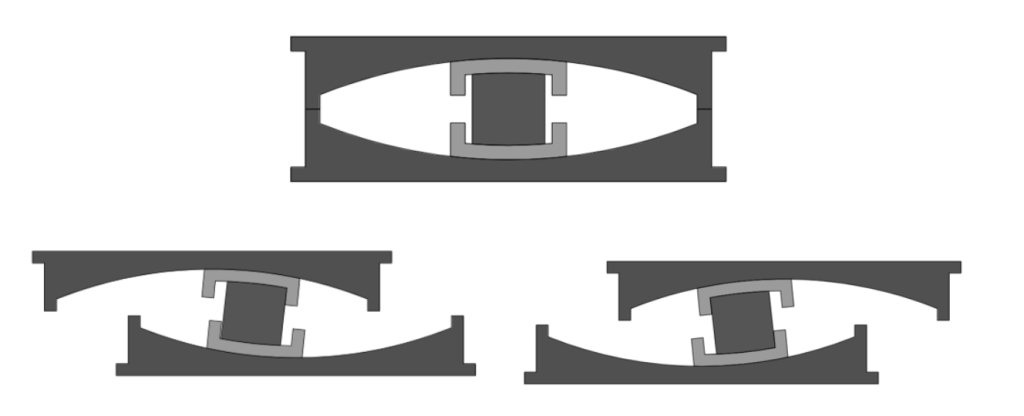In our previous post, we studied various techniques to reduce earthquake effects on structures. We will explore different types of base isolation devices that are commonly used in building engg.
In practice, the base system is often used in areas that are prone to seismic events. By using an additional layer of protection against these forces, this system can help to ensure safety. The base isolation system is a seismic protection technique that is designed to reduce the effects of earthquakes on buildings. Essentially, this system works by creating a physical separation between the super structure of a building and its foundation or sub structure.
There are several different types of these devices that we use, each with its unique properties and benefits. The selection of the appropriate base isolation device will depend on factors such as the type of building, the location, and the level of protection required.
To achieve this goal, the base isolation system utilizes a variety of materials and techniques that are intended to absorb the energy of seismic waves. These materials can include rubber bearing, steel plates, and other specially designed to resist the forces of an earthquake.

Rubber bearing
Rubber bearings are one of the most popular forms of base isolation devices. These bearings are of rubber and steel layers that combine to absorb the seismic wave energy. Rubber bearings are flexible and may have varying stiffness levels. This makes them appropriate for a wide variety of building types and seismic zones.

Lead-rubber bearing
Similar to rubber bearing, lead rubber bearing include a layer of lead encased within the rubber. This lead layer aids in boosting the bearing – dampening ability and may provide improved isolation in more seismically active areas. Lead-rubber bearing are a suitable option for structures that need long-term protection from seismic activity since they are more resilient than rubber bearing.

Friction pendulum bearing
Another base isolation technique is friction pendulum bearing. These bearing shield the structure from seismic energy by using a pendulum. Typically, a steel ball that rests on a curved surface serves as a pendulum. The pendulum swings back and forth during an earthquake, dissipating the energy of the seismic waves.

Conclusions
A base isolation system is a reliable method of seismic protection that can minimize the amount of seismic energy. The key findings from the blog are as follows:
- A base isolation system is an imp. seismic protection method that can minimizes the amount of seismic energy.
- Lead-rubber bearing and rubber bearing are two common kinds of foundation isolation devices. They are suitable for a variety of building types and seismic zones due to their different stiffness levels.
- Lead-rubber bearing are an appropriate solution for buildings that need long-term protection against seismic activity since they are more durable than rubber bearing and provide superior isolation capability in more seismically active places.
- Friction pendulum bearing are another typical base isolation method, which employs a pendulum to protect the structure from seismic energy.
- The selection of the appropriate base isolation device depends on factors such as building type, seismic zone, and level of protection.
This article was crafted by a group of experts at eigenplus to ensure it adheres to our strict quality standards. The individuals who contributed to this article are:
Author

Sivraj
M.Tech
He is a research scholar working to get a doctorate in structural engineering.

